15 karnak temple facts 2025
The Karnak Temple, located in Luxor, Egypt, is one of the most stunning in Ancient Egyptian sites and was once an integral part of Thebes.
Alongside the Luxor Temple as well as the Valley of the Kings, the Karnak Temple is a UNESCO World Heritage site.
If you’re in search of vast Karnak Temple information, this guide will take you through all the Karnak Temple facts you should know.
Historical Background of Karnak
Spread over two square kilometers in size, the site is called The Karnak Temple was constructed in homage to Amun, the Egyptian God Amun and was later expanded by a succession Pharaohs from earlier in the Middle Kingdom 1965-1920 BC through those of the Ptolemaic the dynasty 305 BC t o 30 BC.
The result is a stunning array of sanctuaries, temples, columns, pylons, and sphinxes, among other buildings from the past, Its name is translated in Arabic as “fortified village”.
The most significant and impressive places in the Karnak Temple Complex are the Temple of Amun-Ra, with its world-renowned Great Hypostyle Hall.
The debate continues about the authenticity of this massive structure, with its 69-foot columns, which was erected during the time of Amenhotep III or Seti I; however, it was built during the time of Ramses II.
15 karnak temple facts
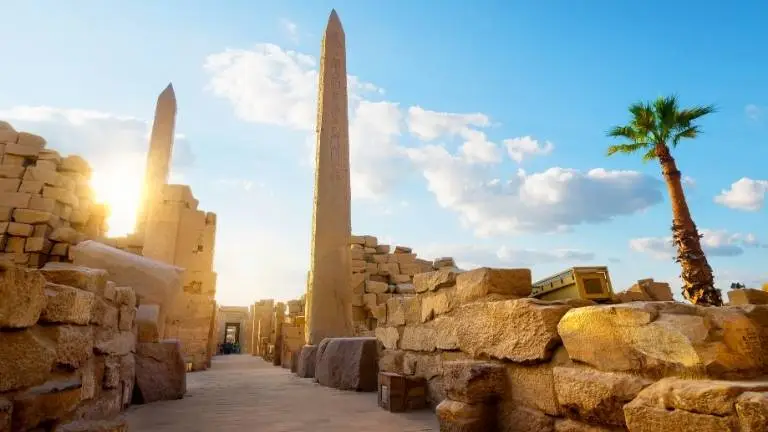
Here’s 15 of facts about the temple of Karnak:
- Karnak Temple one of the best Egyptian temple complexes, on the east bank of the Nile.
- It was principally dedicated to Amun-Ra, one of three deities of the Theban trinity alongside Mut and Khonsu.
- Construction of karnak luxor Egypt took over 2,000 years from the Middle Kingdom through to the Ptolemaic period.
- It is the largest ancient religious complex on the globe, covering 200 acres.
- Over 30 Pharaohs were instrumental in its construction and expansion.
- The centerpiece is the Great Hypostyle Hall, featuring 134 massive sandstone columns.
- Some columns in the hall tower over 21 meters (69 feet).
- An Avenue of Ram-Headed Sphinxes once connected Karnak Temple and Luxor Temple over approximately 2.7 kilometers.
- The complex includes Sacred Lake, used by priests for purification rituals.
- Queen Hatshepsut constructed one of the tallest remaining obelisks at Karnak.
- Karnak served not just as a place of worship but also as the political and economic heart of Thebes.
- On certain mornings of each year, at sunrise, certain parts of the temple align with specific sun positions and therefore become illuminated by their glow.
- Karnak was thought to be Amun’s earthly home, making it a vital expedition site.
- Modern archaeologists rediscovered and excavated this site, unearthing discoveries over time.
- Since 1979, Karnak has been part of the UNESCO World Heritage Site known as Ancient Thebes with its Necropolis.
Read more: All about sound and light show karnak temple 2025
Key Structures Within the Karnak Complex
The Karnak Temple Complex in Luxor, Egypt is an expansive sacred site containing various important structures.
The site is home to an extensive history as well as grand architectural wonders; Karnak Temple facts will help visitors appreciate every aspect within the structure.
Great temple of Amun Karnak

Amun Ra is the great temple of karnak and most significant section.
Dedicating myself to Amun-Re, the master deity of Theban Triad.
Includes the impressive Great Hypostyle Hall with its 134 massive columns.
Great Hypostyle Hall
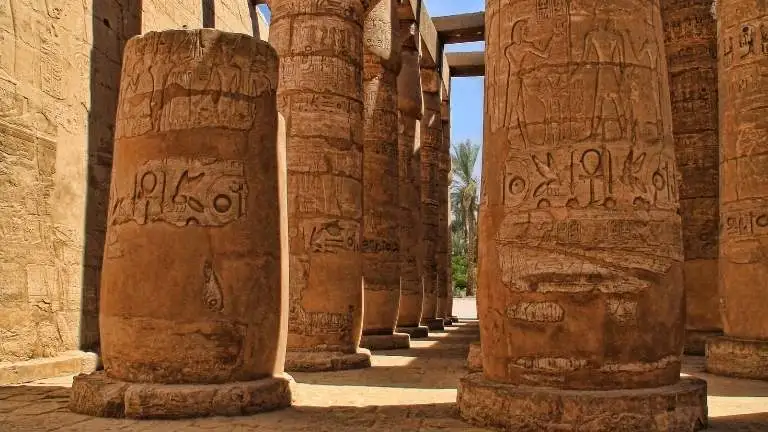
Locate between the Second and Third Pylons.
Covers approximately 50,000 sq feet.
Famous for its forest of enormous columns (up to 21 meters high), intricately decorated with hieroglyphs and scenes of Pharaohs offering gifts to their gods, this monument stands as an incredible icon.
Sacred Lake in karnak temple
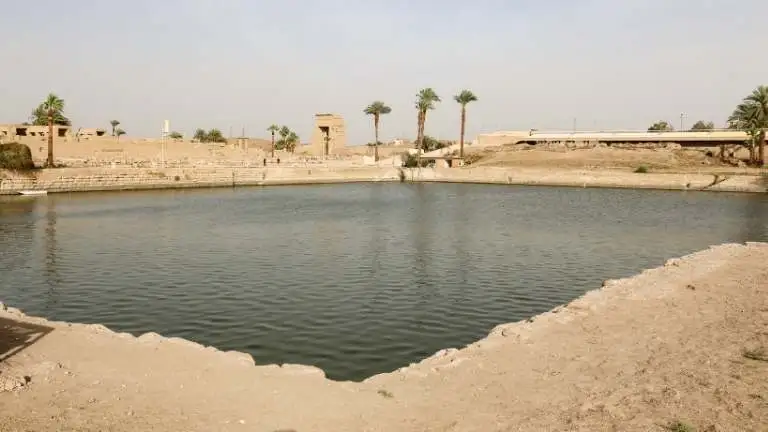
An artificial lake used by priests for cleansing rituals.
Still visible today within the Precinct of Amun-Re.
Obelisks of Hatshepsut and Thutmose I
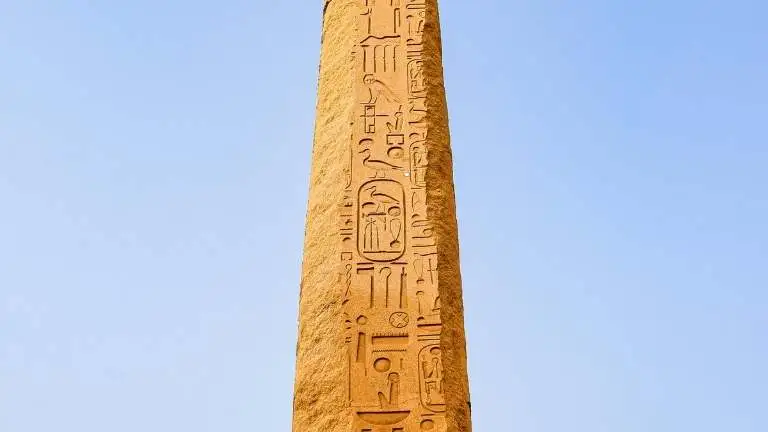
Pharaohs would build multiple obelisks as monuments to honor their achievements and remember those they had accomplished.
The obelisk Karnak temple is a famous example of these grand monuments.
The Obelisk of Hatshepsut stands as one of the tallest ancient Egyptian obelisks that remain standing.
First Pylon and Great Court
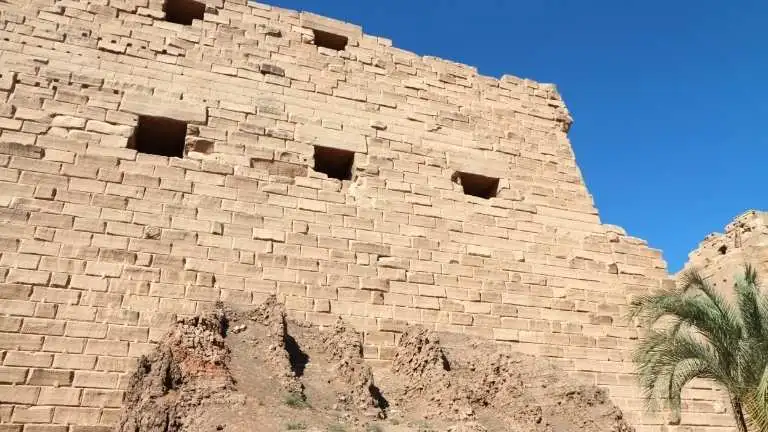
Entrance to the Temple complex.
At one time this landmark was flanked by massive statues and flagpoles that reached into the skies above it.
Leads to an open Great Court featuring statues and shrines.
Sanctuary of Amun
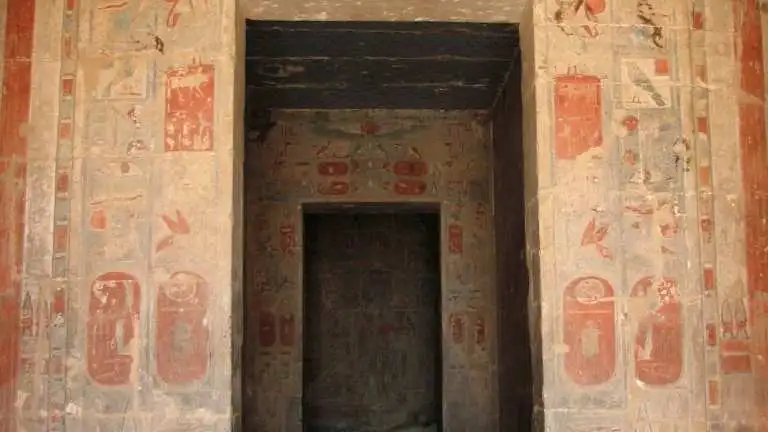
The most inner part of the temple was originally housing the cult figure of Amun.
The city was rebuilt and expanded by a number of pharaohs, among them Philip Arrhidaeus Alexander the Great’s half-brother.
Precinct of Mut
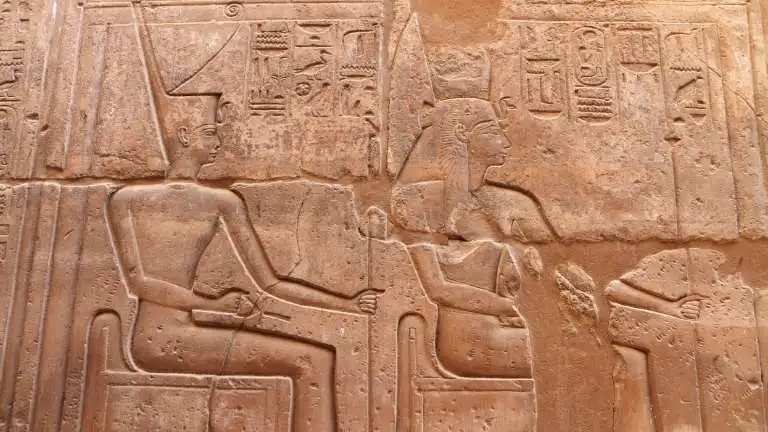
Situated to the south of the Precinct of Amun-Re.
A tribute to Goddess Mut who is the consort of Amun.
There are several temples as well as holy lake that is the thousands of statues, including Sekhmet.
Precinct of Montu
A tribute to the falcon-headed god of war Montu.
It is located to just north of Amun precinct.
Not as well preserved, but an essential to the whole.
Temple of Khonsu
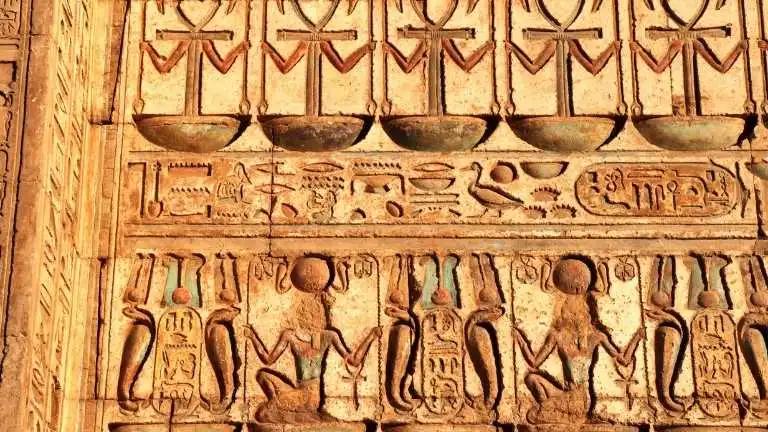
Dedicated to Khonsu, son of Amun and Mut.
Temple well-preserved and containing a complete set of typical Egyptian temple components, such as courtyard, pylons the hypostyle hall and the sanctuary.
Avenue of Sphinxes
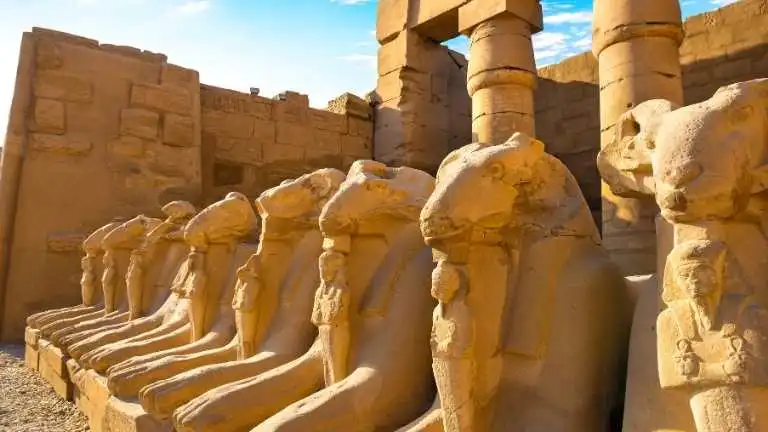
A processional path lined with sphinxes that have ram heads.
In the beginning, it was linked Karnak in the beginning with Luxor Temple approximately 3 kilometers to the south.
Famous Pharaohs Who Contributed to Karnak
Many well-known pharaohs made significant contributions to ancient Egypt’s Karnak Temple Complex during its New Kingdom period.
Hatshepsut
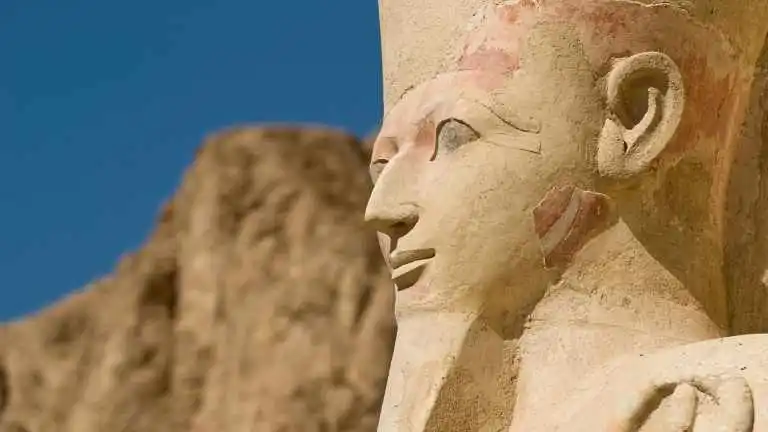
This female Pharaoh of Egypt is best-known for erecting two tall obelisks at Karnak as symbols of her power and reign.
Thutmose III
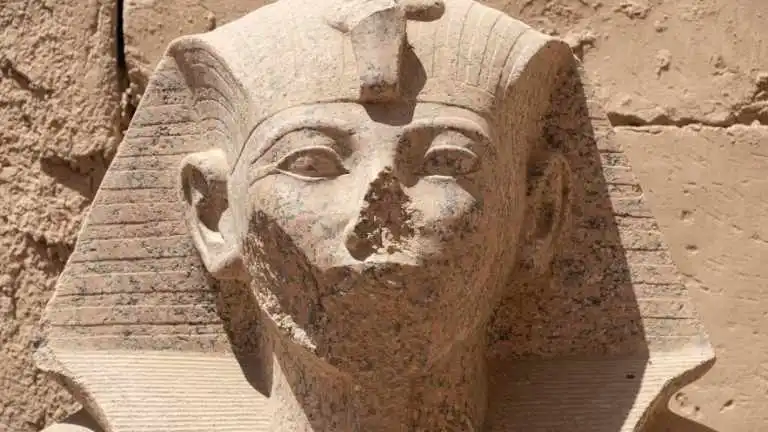
He was an outstanding builder who contributed greatly to expanding Karnak with new pylons and obelisks dedicated to Amun, including ones commemorating him as god.
Seti I
He was responsible for the construction of the Great Hypostyle Hall, an impressive structure featuring 134 columns that remains one of the centerpieces of the temple today.
Ramesses II
Ramesses II was well known for his numerous building projects, most notably expanding the Karnak complex with new pylons and obelisks as well as finishing what Seti I began the Great Hypostyle Hall.
Amenhotep III
He was also a major builder at Karnak, contributing pylons, obelisks, and statues to the temple complex.
Tutankhamun
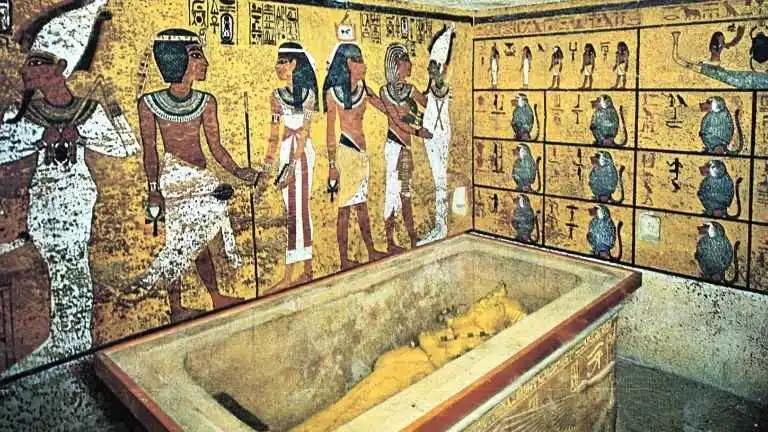
This Pharaoh funded the restoration of various temples, such as those at Karnak and Luxor, helping reassert Egypt’s religious identity.
Ahmose I
Pharaoh Karnak initiated a cultural and building revitalization, creating his own distinct artistic style in Karnak.
Akhenaten
Akhenaten was famously revered for his religious reforms; however, he also contributed greatly to Karnak through building Jubilee buildings featuring distinctive talatat blocks.
Ramses III
He constructed a small temple to Amun outside Ramesside pylon and participated in other construction projects.
Highlights in Visiting Karnak Temple
A visit to luxor’s karnak temple offers a journey through the past of Egyptian architecture and history
Guided Tours
A trip into Karnak Temple offers visitors an excellent opportunity to gain an insight into the rich history of Egypt.
A guided tour is the most effective option for visitors to get a glimpse and understand more of the magnificent temple.
Egypt Hero Tours offers the best guided tours in the area in the area of Karnak Temple.
Their knowledgeable guides will guide you through its highlights including its Great Hypostyle Hall, Sacred Lake and Obelisks. There are fascinating details and tales while exploring this amazing and fascinating location.
Get on board with Egypt Hero Tours today and be ready for an unforgettable trip through the history of Egypt.
Sound and Light Show Karnak
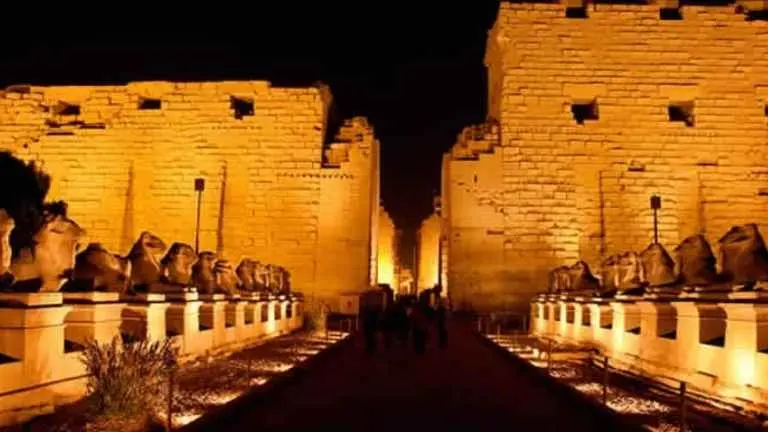
Karnak Temple offers an unforgettable Sound and Light Show.
At night, its sacred halls come alive with vibrant hues as the lights and music tell the tales of ancient Egypt.
As you wander the temple grounds, music will play as you learn about its history: ancient Pharaohs and gods who were worshipped here — an experience like no other.
Egypt Hero Tours offers this captivating show as part of their guided tour programs, making everything convenient and enjoyable, allowing you to relax and experience Karnak at night as part of their guided tours in Luxor—a perfect way to cap off a day.
Exploring the Karnak Temple Complex
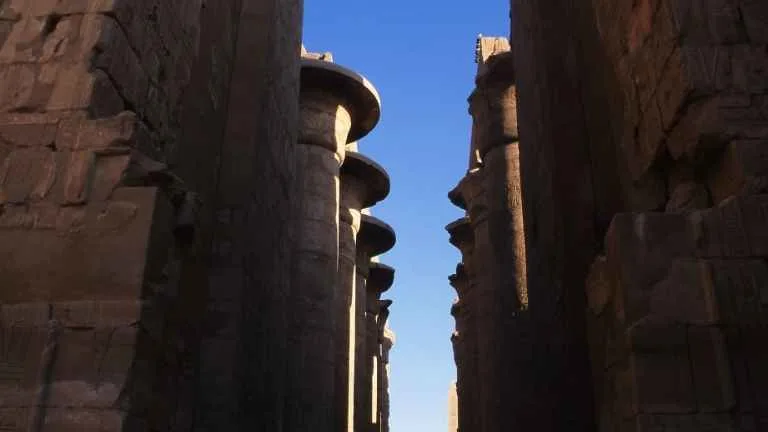
Exploring the Karnak Temple Complex is like taking a journey back through time to ancient Egypt.
This massive site houses temples, statues, columns, and sacred spaces built over many decades.
While walking through its expansive courtyards and tall stone halls, you will discover tales of powerful Pharaohs who worshipped different gods.
Egypt Hero Tours can help you explore all the essential parts of this complex, like the temple of amun-re at karnak, the Great Hypostyle Hall, and the Sacred Lake.
Their guides can explain the meaning behind carvings and buildings to enhance your visit further and make history more exciting than ever.
The Hypostyle Hal
The huge columns in the hypostyle hall karnak are taller than people, and remnants of paint are visible on the lower side of the capitals.
The hall measures 50,000 square feet (4,600 square meters) and is surrounded by massive stone columns.
12 taller columns, each standing at least 80 feet, 24 meters high, lining an aisle that runs through the centre.
The hall was designed by Seti I, who oversaw the construction of the northern wings.
The walls on the outside depict the battles of Seti.
Ramesses II constructed the south wing, but he took over the decoration of his father’s main processional walkways.
This wall in the south is engraved with a copy of the peace agreement signed by Ramesses II with the Hittites, which was signed in the 21st year of his rule.
Open-Air Museum
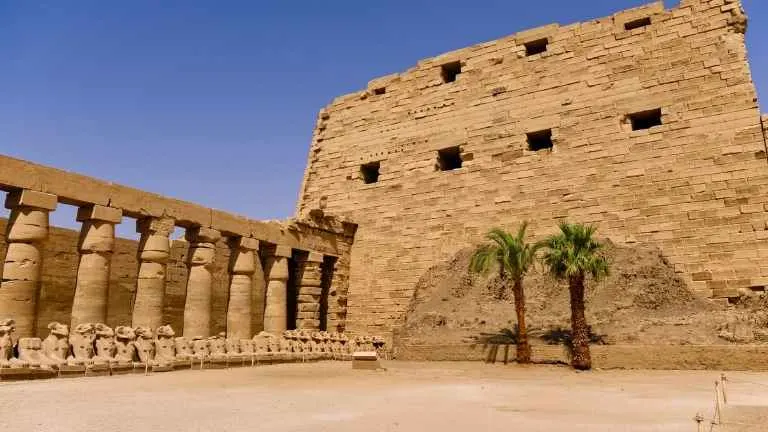
Karnak Temple features an Open-Air Museum where visitors can see restored shrines, statues and other temple items that had previously been lost or buried.
Archaeologists carefully excavated them before reconstructing them to recreate an ancient puzzle for modern audiences to enjoy.
The Karnak Temple will showcase its past appearance and highlight Egypt’s efforts to preserve its cultural heritage.
Our guides can also discuss each piece and share its story before explaining when and how it was discovered.
Karnak Temple is an ideal stop for art enthusiasts looking to discover more of Karnak’s treasures.
Read more: All about the Mighty Colossi of Memnon luxor egypt 2025
Karnak Temple in Modern Times
Modern tourism has made the Karnak Temple in Luxor, Egypt, an attractive tourist attraction and open-air museum, offering guided tours.
Its huge dimensions, detailed architectural design, historical importance, and rich tapestry of ancient Egyptian political, religious, and building techniques reflect its significance in present-day society.
The temple continues to inspire people from all over the globe, and visitors who have read about Karnak Temple facts before their visit usually gain a greater appreciation of the temple during their visit.
Read more: Best things to do in luxor – Luxor tours & Excursions
Preservation and UNESCO Status
Karnak Temple and other parts of the earliest Thebes, such as Luxor, the Valley of the Kings, and the Valley of the Queens, were all designated UNESCO World Heritage sites in 1979, in recognition of their outstanding historical and cultural significance.
As a UNESCO World Heritage Site, Karnak Temple plays a significant part in the preservation of Egypt’s historic heritage.
It is an active museum and is frequently featured in publications and articles focusing specifically on Karnak Temple facts, as well as ancient Egyptian architectural styles.
Read more: Tombs to Explore in the Queens Valley Luxor 2025
Reserve your tour to karnak temple in Egypt
Go to karnak temple in Egypt to experience one of the country’s most stunning locations.
The trip is rich in history, boasting massive columns, as well as stunning old structures, this tour is perfect for those looking to get an insight into the past of Egyptian life.
Egypt Hero Tours is an established travel agency in Egypt that offers simple guided tours and accompanied tours, with knowledgeable guides that provide precise information.
Get your reservations in today for a tour with Egypt Hero Tours to experience an enjoyable tour around Karnak Temple in Luxor.
The tour includes an informative guide, which makes an enjoyable and informative experience.
Reserve your seat in karnak temple tour Luxor
FAQs About karnak temple facts
After exploring all the highlights of the site, here are a few of the most frequently asked questions that visitors are likely to have when seeking Karnak Temple facts.
Why is the Karnak Temple so famous?
It is believed that the Temple of Karnak was an essential place of worship and pilgrimage in ancient Egypt, with the god Amun being the most revered deity in this area.
The importance of the temple was not limited to its role in religion, as it also served as a symbol of the pharaoh’s power and authority.
How much time does it take to see the Karnak Temple?
Visits to Karnak Temple typically last 2-3 hours, egypt Hero Tours’ guided tours provide the ideal way to see all its highlights efficiently and conveniently.
Where is Karnak Temple located?
Karnak Temple is situated inside Karnak, Luxor Governorate, in southern Egypt, on the east bank of the Nile River.
What are the opening hours of Karnak Temple?
Karnak Temple is open daily from 6:00 AM to 5:00 PM.
The last admission time is typically at 4:00 PM.
What should I wear when visiting Karnak Temple?
Dress modestly when going out, wearing clothes that cover your shoulders and knees.
Is there an entry fee to Karnak Temple?
Yes, there is an entry fee. Adult foreign visitors pay around EGP 450 while students can enter for EGP 230; Egyptians and Arabs typically pay less.
A separate ticket is available for viewing the Sound and Light Show; most booths only accept card payments.

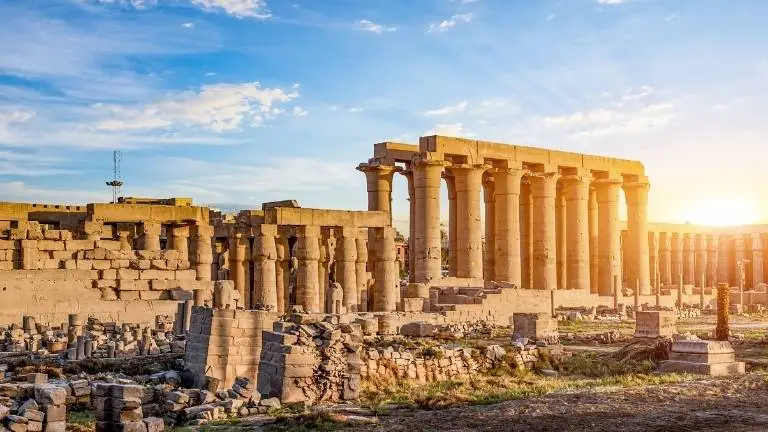



Comments are closed